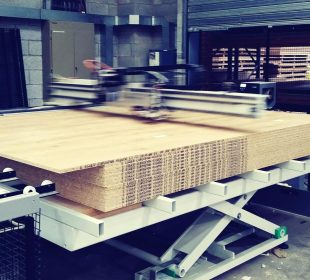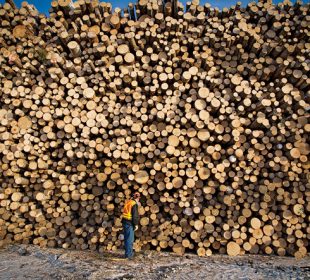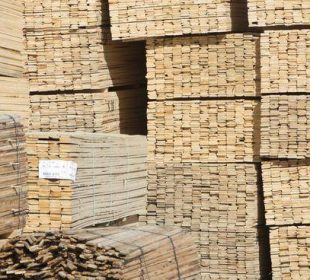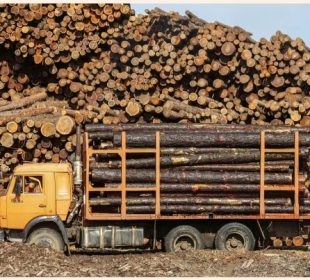The Green Deal, published on 11 December 2019 by the new European Commission and adopted by the European Parliament on 15 January 2020, sets out a three-decade effort to upend just about every policy area in the EU to make the bloc climate neutral by 2050. In doing so, it has real potential to create a policy environment very favourable for the wood industry.
The strategy includes 50 specific policy measures of which the flagship is a climate law, to be presented by the Commission before the end of March, which will commit the bloc to slash emissions to net zero by 2050, and a plan to increase the 2030 emissions reduction target to at least 50 percent and "towards" 55 percent from the current 40 percent goal.
The Annex to the Green Deal indicates the Commission will put forward an EU Industrial Strategy in March, as well as a new Circular Economy Action Plan. The latter will include a sustainable product policy with “prescriptions on how we make things” in order to use less materials and ensure products can be reused and recycled. On trade, the Green Deal pledges to make respect of the Paris Agreement "an essential element for all future comprehensive trade agreements." Another measure likely to attract attention – and controversy – is a proposal for a carbon border tax.
There is also a commitment to building renovation to improve insulation and reduce energy efficiency. The key objective there is to “at least double or even triple” the renovation rate of buildings, which currently stands at around 1%.
On forests, there is a specific objective to promote products that do not involve deforestation and forest degradation, to be encouraged through new labelling rules.
There is also recognition that the “EU’s forested area needs to improve, both in quality and quantity, for the EU to reach climate neutrality and a healthy environment”.
The potential for the strategy to help drive demand for responsibly sourced wood products is well recognised in the European wood sector and initiatives are being put in place to better exploit the opportunities, although there is a lot of work still to do.
This was highlighted in a recent article by Patrizio Antonicoli, secretary-general of the European Woodworking Industries Confederation – CEI Bois. Mr Antonicoli said CEI-Bois has developed three key assets to underpin the industry’s transition to the era of the Green Deal.
The CEI-Bois Manifesto for the EU term 2019-2024 illustrates how the European woodworking industry can help the EU reach key goals, such as reduction of GHG emissions in line with the Paris Agreement and the deployment of a circular bio-economy, while ensuring jobs creation and employment stability.
The Manifesto focuses on six priorities; Wood Availability and Sustainability, Circular Bioeconomy, Competitiveness of Wood in Construction, Free but Fair Trade, Research and Innovation and Industrial Relations & Social Affairs.
The second asset is the wood itself. CEI-Bois’ “Building the Bioeconomy” booklet shows how Europe can reduce emissions by using low carbon, renewable alternatives, such as timber, over high carbon materials, such as concrete, steel and plastic.
With this publication, the European woodworking sector is calling on policy makers to put wood at the centre of emission reduction and zero carbon strategies and to recognise it as a model product for transition towards a circular economy.
Finally, the Forest-Based Industries vision 2050 focuses on how forest-based solutions can help achieve five ambitious targets:
To decarbonise Europe by 2050 by substituting CO2-intensive raw materials and fossil energy with forest-based alternatives
Eradicate waste in the circular economy, with a sector target of 90% material collection and 70% recycling
Drive resource-efficiency in the forest-based industries value chain by enhancing productivity
Meet demand for raw materials by maximising new secondary streams and ensuring primary raw material supply from sustainably managed forests
Satisfy growing demand for climate-friendly products by increasing use of wood.
Mr Antonicoli concludes, “we see our sector becoming the most competitive, sustainable provider of net-zero carbon solutions through research, break-through technologies, increased recycling and reuse. Together the European woodworking industries can ride the Green Deal wave”.















